5 Fitness Scams People Still Believe Are True
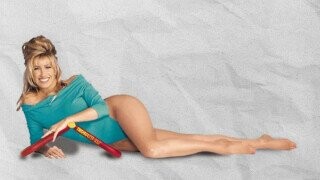
As educated as our society has become with respect to general fitness and the sorts of training methods proven to yield desired results, some knowledge gaps still persist. How else can you explain why so many fitness devices of dubious quality continue to generate sales with appalling regularity?
For whatever reason, some products have managed to survive despite the fact that anyone who received a C or better in their high school health class could tell you why the science supporting them doesn’t pass muster. Whether it’s because these devices either flew under the radar, never sparked enough outrage to attract significant attention or stuck around long enough to find an entirely new generation to swindle, here are five fitness scams that people still believe to be true…
Electric Ab Machines
Don’t be fooled by the results of studies claiming that electric abdominal stimulators work. The extent to which these gizmos were proven to be of any health benefit whatsoever is when they were used by people who essentially never worked out before. In those instances, the average test subjects in every category had BMI scores safely in the overweight category, and the average male test subjects were teetering perilously close to the obese range.
Don't Miss
When the study concluded, the abdominals of those who wore the belts were stronger than they were before, because some muscle stimulation is obviously better than none whatsoever. But more to my point, it also found that the BMIs of the test subjects didn’t change at all, with some BMIs actually increasing. In other words, if you have the capacity to perform any sort of total-body resistance training on your own, an electric ab machine will be entirely valueless to you, and it will do nothing to help you reduce whatever quantity of unhealthy body fat you might be toting around.
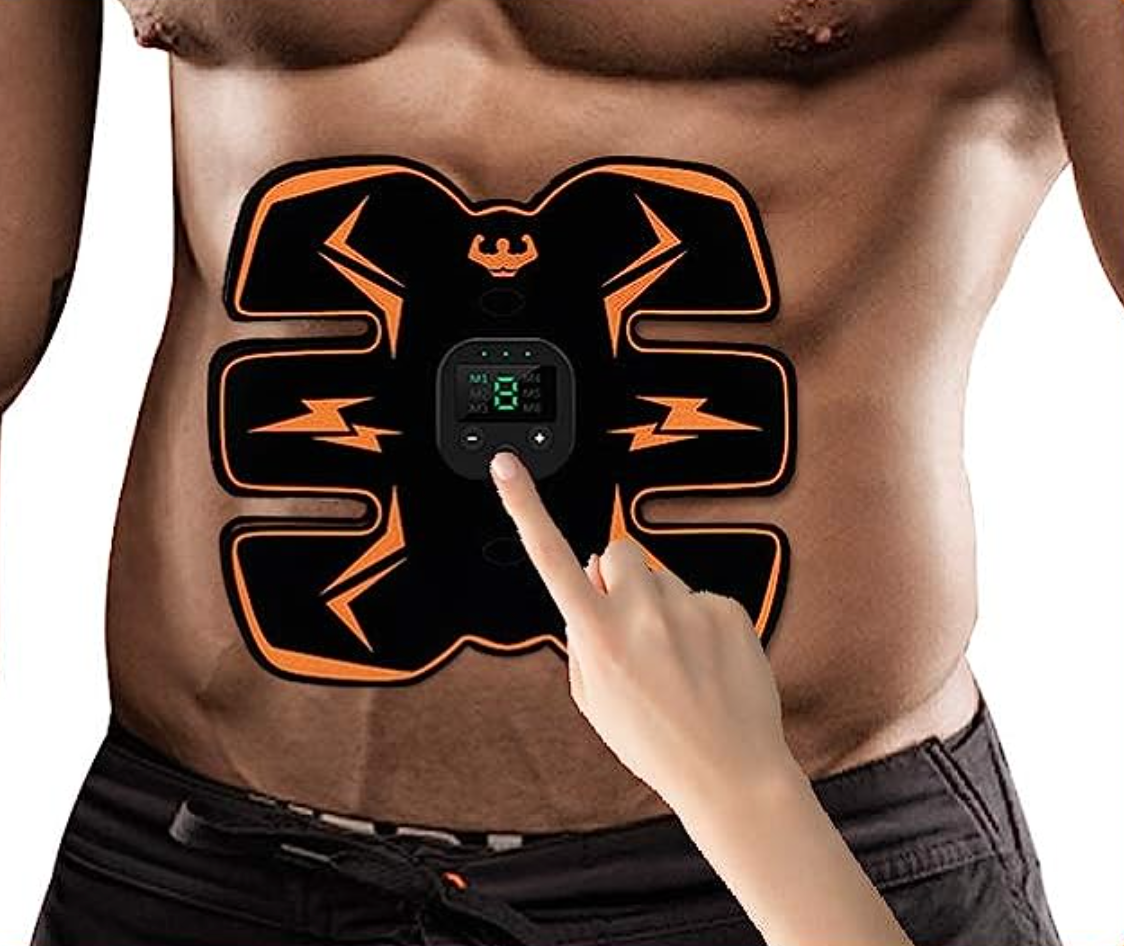
Altitude Training Masks
When endurance athletes go out of their way to live and train at a high altitude, they’re doing so to increase their erythropoietin (EPO) production levels, thereby boosting their red blood cell count, and improving their oxygen carrying capacity. Colorado Springs was selected as the site of the U.S. Olympic Training Center for this very reason, and it’s why all Denver sports teams should be able to run their opposition straight off of whatever playing surfaces they find themselves sharing.
The reason I’m mentioning this is because none of the altitude training masks are capable of replicating the effects of training at altitude no matter how many mountains they stick in their logos. What they can do is artificially make the act of breathing more difficult, which forces your lungs to work harder. This serves to strengthen the respiratory system the same way a muscle is strengthened when it works against increased resistance, but that’s a far cry from boosting your red blood cell count by pitching a tent at 8,000 feet above sea level and living there for months.
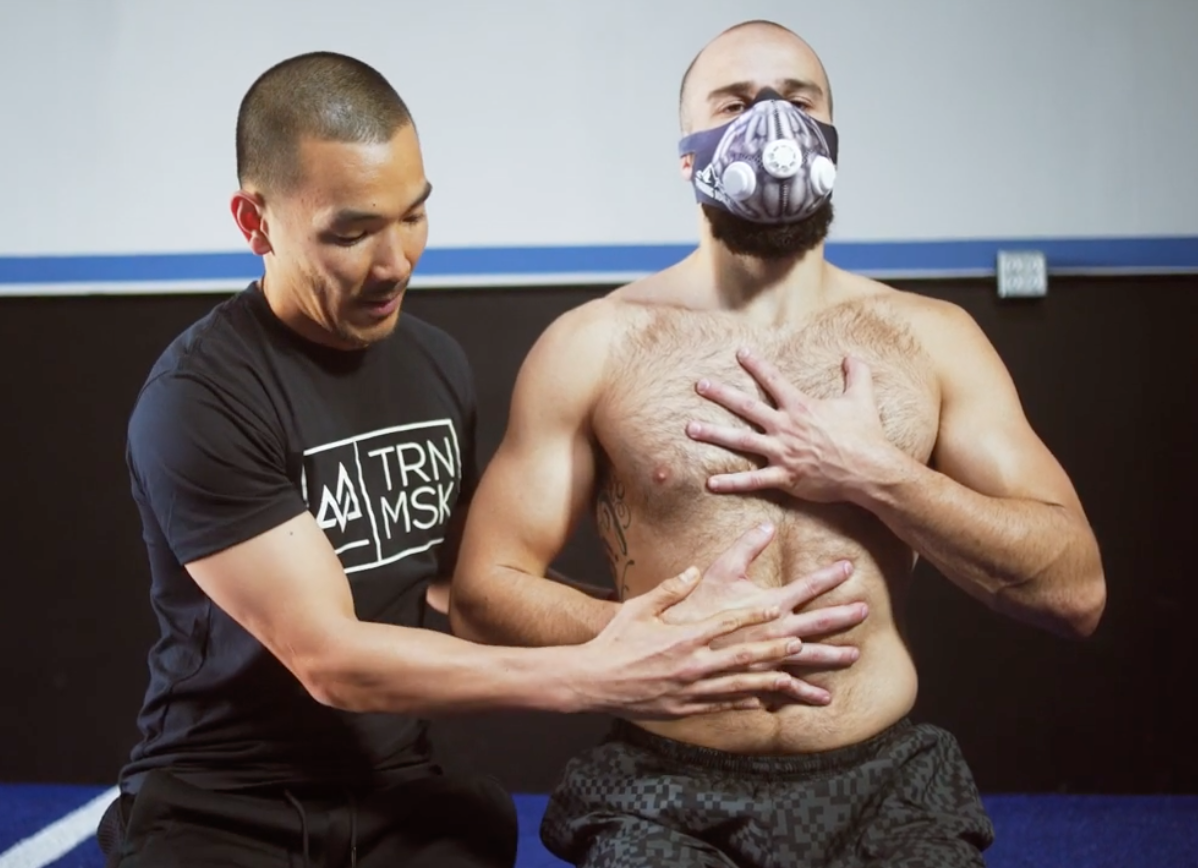
Waist Trainers
The existence of waist trainers forces people to confront the question of why they should bother burning body fat if they can just mash it all inward and call it a day. By wrapping themselves in a glorified latex corset, wearing it for a prescribed period of time and then removing it, people can marvel at what appears to have been an immediate slimming of their waistlines.
But rather than permanently slimming their wearers’ waists, all waist trainers accomplish is to temporarily compress the floating ribs of those who wear them, causing their internal organs to shift upwards.
While this is clearly problematic to the functioning of the organs, the most important takeaway for our purposes is that nothing of permanence has been accomplished. The slenderizing of the waistlines will be short-lived, and become worse with each subsequent squeezing of the ribs, along with the liver, kidneys and intestines. As the saying goes, the juice isn’t worth the squeeze.
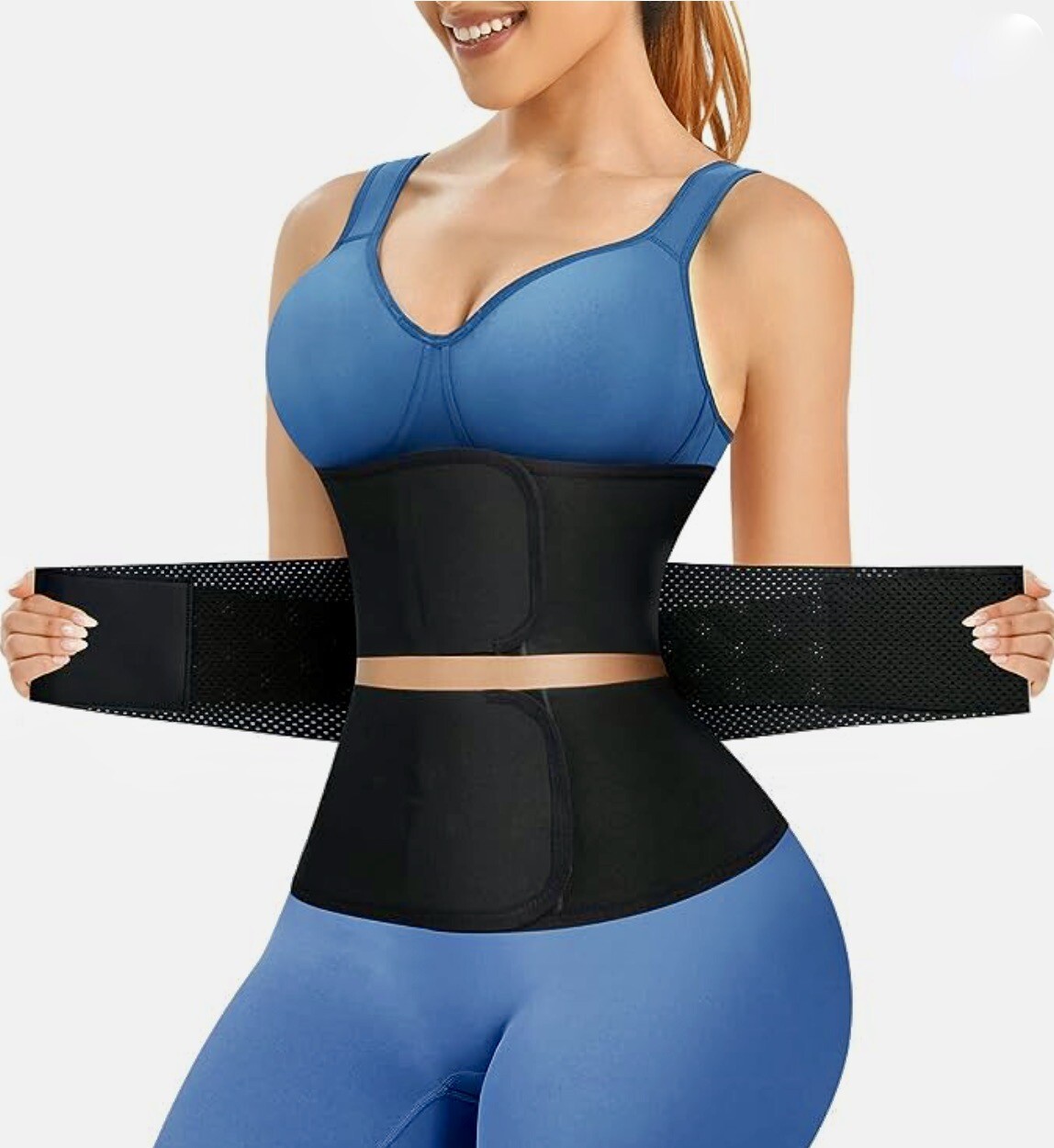
The Thighmaster
Still being sold online more than 30 years after its debut, the leg-sculpting device made famous by Suzanne Somers seemingly won’t die no matter how flawed the premise behind it remains. Never before have so many people spent so much to train such little muscles.
Here’s what I mean by that: If you find the hip-adductor machine at the gym and check the chart to see which muscles it trains, you might be surprised to find that it targets arguably the least prominent and significant muscles of your legs when weighed against the overall development of your lower body. Then remember that the machine you’re reading from has a much fuller range of motion than the Thighmaster, which is a very poor substitute for one of the most non-essential machines in any gym.
And yes, I’m aware that the instructional video that accompanied the Thighmaster did its best to convince people that the device could effectively train all muscle groups if you squeezed it like a 1960s bust enhancer. Please. The Thighmaster’s prescribed “upper-back” exercise made it look like the instructor was trying to make farting sounds with her armpit.
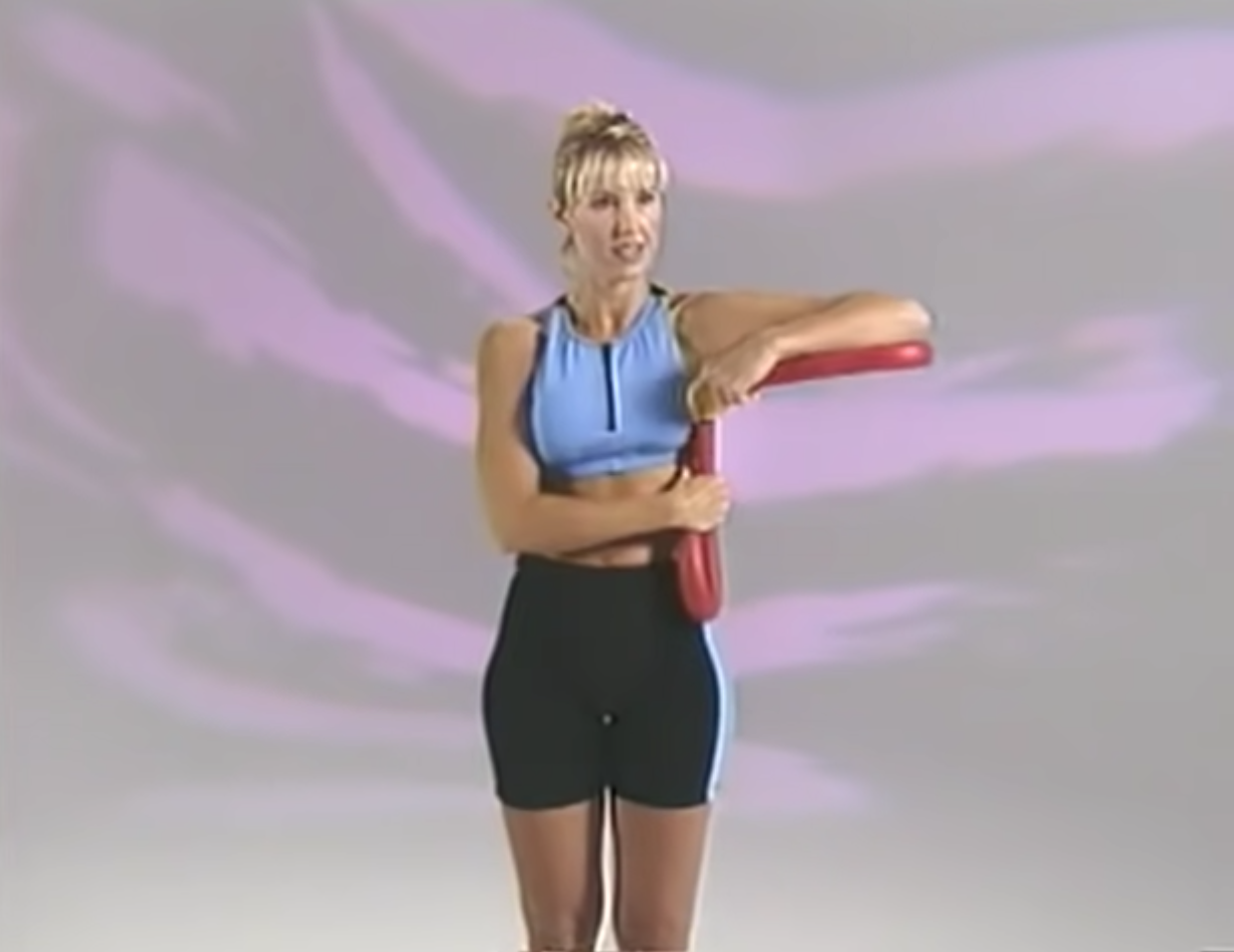
The Bodyblade
Don’t let the Bodyblade’s modern image as a physical therapy device distract you from its original national advertising campaign. Upon its introduction to the general public, the marketers of the product strongly implied that you could acquire the body of an elite fitness model by shaking a flimsy piece of steel that weighs 1.75 pounds. They had people legitimately believing that WWE’s Ultimate Warrior gained all of his muscles simply by shaking the ring ropes before his matches started.

I’m sure the brand can produce plenty of studies demonstrating that the oscillating movement of the blade can assist with the development of shoulder stability, or that the Bodyblade will allow you to produce some obscene number of superfluous muscle contractions in a short period of time. During the original nationwide commercial, they also stated that the Bodyblade — which was most certainly not a cardiovascular offering by any stretch of the imagination — could help its users to lose weight. That’s really stretching the definitions of both “help” and “weight.”
The reality is that the 10 concentric and eccentric contractions you create during a challenging set of bicep curls are of overwhelmingly superior value to the 270 mini contractions caused by shaking an extremely light bar — with two hands no less — through an identical range of motion.
Seriously, for all of its nonsense, the Shake Weight weighs more than the Bodyblade and can perform a similar function for far less money, and when your product can invite a comparison to the Shake Weight and fare poorly, it has some serious flaws.